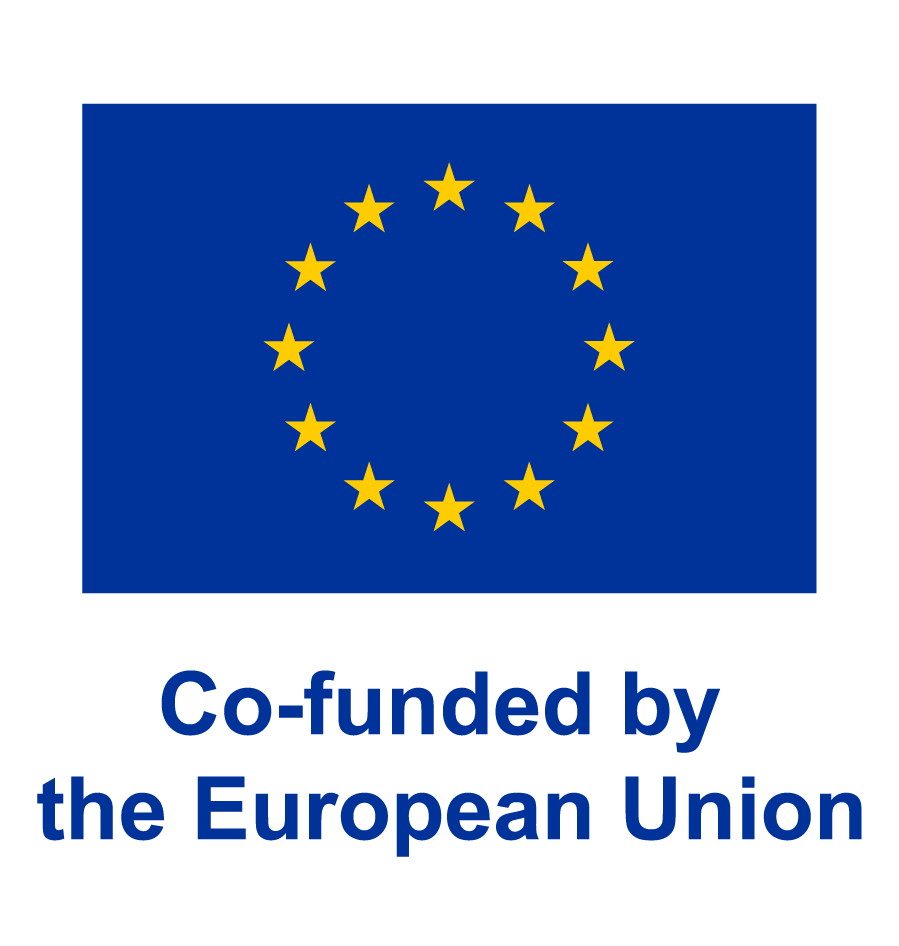Liquid chromatography Orbitrap mass spectrometry with simultaneous full scan and tandem MS/MS for highly selective pesticide residue analysis
Anal Bioanal Chem. Received: 21 January 2015 /Revised: 8 April 2015 /Accepted: 15 April 2015
DOI 10.1007/s00216-015-8709-z
Abstract
This paper describes the application of LC/QOrbitrap MS for the analysis of pesticide residues in fruit and vegetable commodities. LC/Q-Orbitrap MS working in full scan simultaneously with a single MS/MS scan was used to analyse 139 pesticide residues in QuEChERS extracts of tomato, pepper, orange and green tea. Full scan data were obtained at a resolution of 70,000 whereas MS/MS data were obtained at a resolution of 17,500. Quantitation and detection was carried out using full scan data while MS/MS data were used only for identification. MS/MS scans did not have a negative influence on quantitation under the applied conditions. Some peak area reproducibility problems were the consequence of the low sensitivity for some compounds (aldicarb, chlorpyriphos methyl, fenitrothion and fipronil) under the applied conditions. The relation between the operational parameters (viz. automatic gain control (AGC) target, maximum injection time (IT), underfill ratio, isolation window and apex trigger) and the number of automatically identified compounds was investigated. Mass error and minimal intensity of selected fragment ions were also studied. Various working modes were compared, such as full scan with single MS/MS scan and full scan with multiple MS/MS scans. In both cases, the number of automatically reported pesticides was the same. However full scan with single MS/MS scan ensured more points per peak in full scan mode and better peak area reproducibility. The evaluation of the identification and quantitation capabilities of the instrument was performed through the analysis of 100 real samples. The samples were also analysed by LC–QqQ MS/MS and the results of both analytical systems were compared. The comparison revealed that the two instruments were consistent with each other. They found the same pesticides and neither false positive nor false negatives were reported. Nevertheless the Q-Orbitrap MS allowed one to work in high resolution mass spectrometry, increasing the selectivity and, in full scan mode, permitting the retrospective analysis of the data feature that cannot be achieved with QqQ.
Copyright Springer-Verlag Berlin Heidelberg 2015
If you want to obtain the full text document, please contact with us:
Carmen Ferrer: cferrer@ual.es (+34) 950 014 102
Octavio Malato: omalato@ual.es (+34) 950 214 423
Published 19-05-2015, 22:36:25
Top of Page

